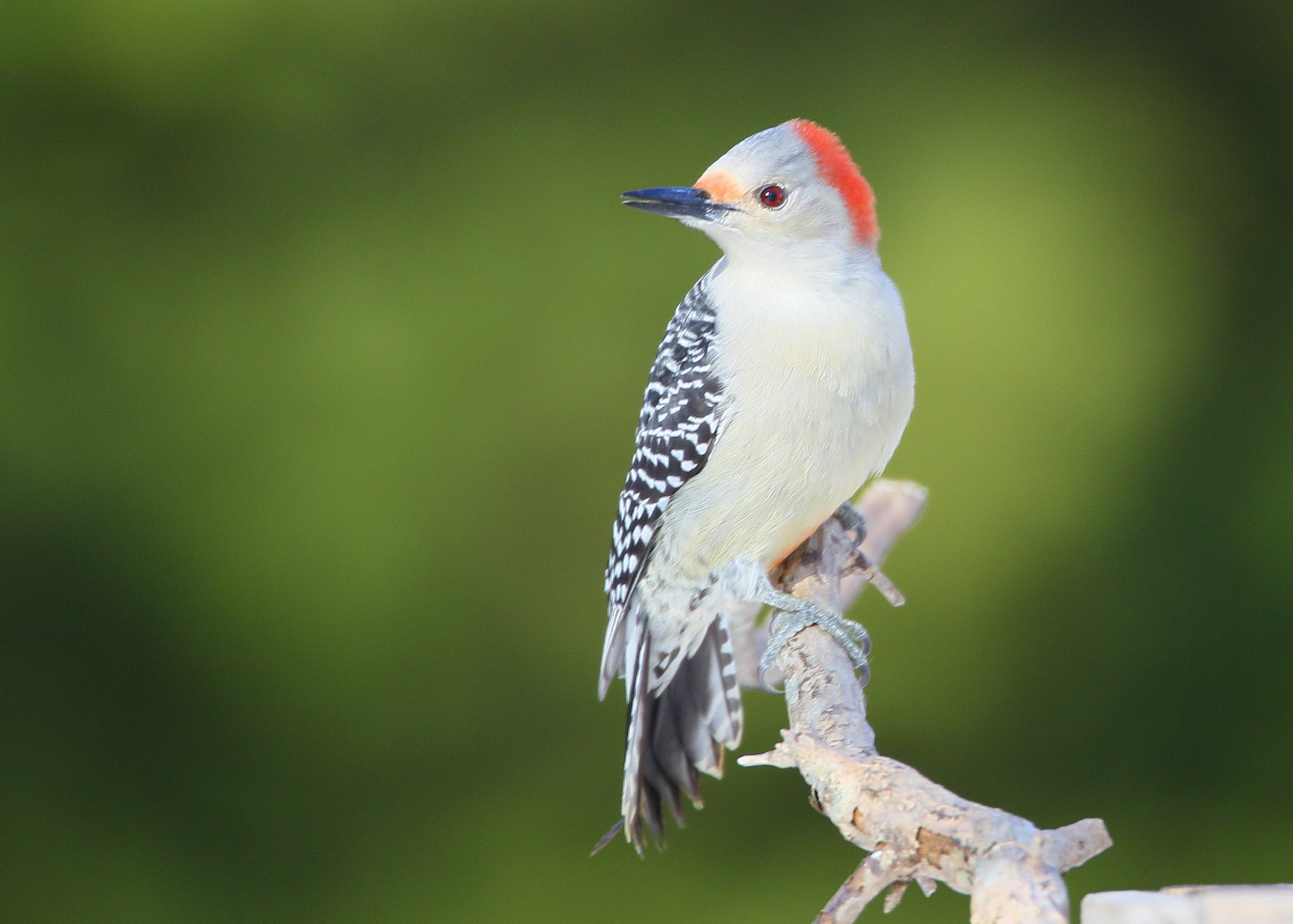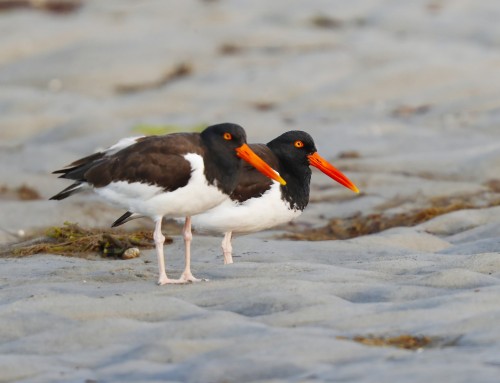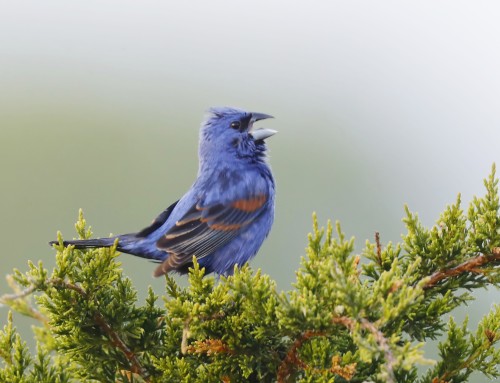March 22, 2024: the Red-bellied Woodpecker, identified by its red cap, black and white striped back, pale underparts with a reddish tinge, zygodactyl feet, chisel-shaped bill, and overall medium size, is easily recognizable in its habitat. Many of these migratory woodpeckers are returning to Falmouth for the breeding season. This female was recently seen perched along the Shining Sea Bikeway.
The spring migration of red-bellied woodpeckers to Cape Cod follows a pattern typical of many migratory bird species. Here’s a general overview of what might occur:
1. Wintering Grounds: During the winter months, red-bellied woodpeckers may inhabit a range that extends from the southeastern United States up through parts of the Midwest, including areas of Texas, Oklahoma, and the Gulf Coast states. Some individuals may also winter further north if conditions allow, but they tend to favor areas with sufficient food resources, such as wooded habitats and forest edges.
2. Initiation of Migration: As winter wanes and the days grow longer, triggering hormonal changes in birds, red-bellied woodpeckers, like many migratory species, start to sense the call of spring and the urge to return to their breeding grounds. This might start as early as late February but could extend into March depending on weather conditions and other factors.
3. Northern Movement: Cape Cod lies within the northeastern United States, which means that red-bellied woodpeckers migrating there would likely be coming from the southern parts of their wintering range. As temperatures warm and food becomes more plentiful in their breeding areas, they begin their journey northward. This journey can take several weeks, with birds making frequent stops to rest and refuel along the way.
4. Arrival at Breeding Grounds: By late March or early April, red-bellied woodpeckers begin to arrive in Cape Cod and other suitable breeding habitats within their northern range. They will establish territories, which they defend vigorously, and begin the process of courtship and nesting.
5. Breeding Season: Once established in their breeding territories, red-bellied woodpeckers engage in courtship displays, which may include drumming on resonant surfaces to attract mates. They excavate nest cavities in dead or decaying trees, where the female will lay eggs and both parents will take turns incubating them.
6. Summer and Nesting: Throughout the spring and summer months, red-bellied woodpeckers raise their young, feeding them on a diet of insects, fruits, seeds, and occasionally small vertebrates. The young birds fledge after several weeks and may remain with their parents for a short period as they learn to forage and fend for themselves.
7. **Autumn Migration**: After the breeding season concludes in late summer or early fall, red-bellied woodpeckers may begin their southward migration back to their wintering grounds. This migration typically occurs in reverse of the spring migration, with individuals traveling back to warmer climates where food resources are more abundant during the winter months.
Throughout this migration, factors such as weather patterns, food availability, and habitat conditions can influence the timing and success of the journey for red-bellied woodpeckers and other migratory birds.






Leave A Comment
You must be logged in to post a comment.